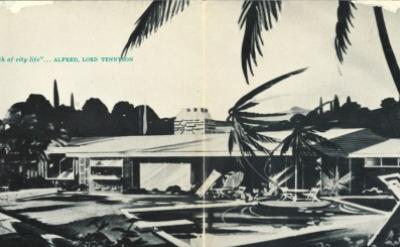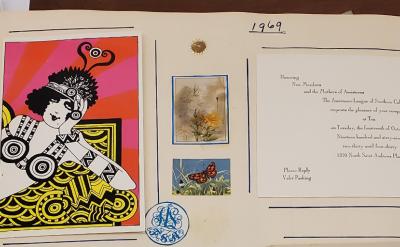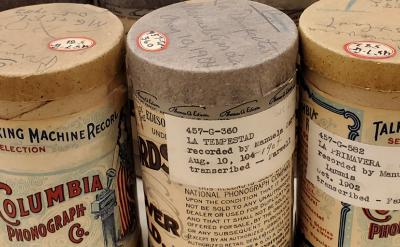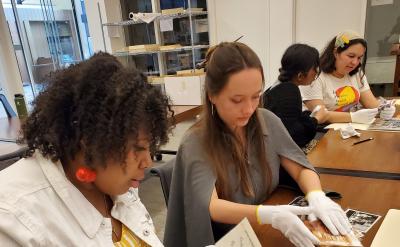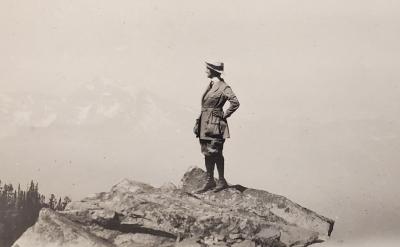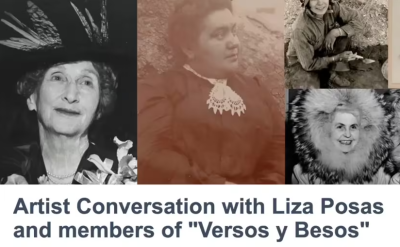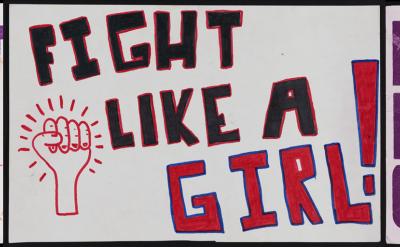
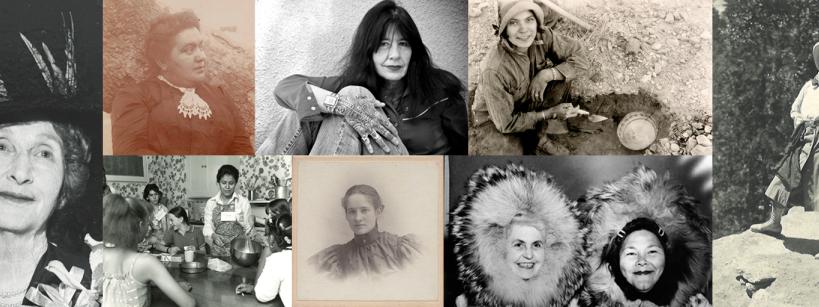
What’s Her Story: Women in the Archives
About the Exhibition
At the heart of every story is an archive, and at the heart of every archive is a story.
In honor of the 100th anniversary of women winning the right to vote, What’s Her Story: Women in the Archives reveals compelling stories of women found in the Autry’s collections. This exhibit will showcase Assistance League of Los Angeles, Caroline Boeing Poole, Gladys Knight Harris, Native Voices theatre ensemble, and Women’s March participants as 20th and 21st century women who documented their activities and created archives as a way to preserve a legacy in their own voice. Also featured are stories of Bertha Parker Cody, Manuela Garcia, Clara Forslund, and an “Unidentified Woman,” whose lives were documented in archives made by other creators: friends, colleagues, government agencies, and other institutions that produced written and visual records.
What’s Her Story also looks behind the scenes to share how the work of archivists brings the more hidden narratives to light-- weaving in and out of primary source evidence to color in details, amplify voices, and begin the discovery of women’s stories. In personal diaries, photographs, letters, music, objects, and ephemera, you will meet women philanthropists, solo sojourners, political activists, artists, and a pioneering anthropologist.
The sections below build on the in-gallery exhibition to explore what other narratives can be found when examining all these archives side by side. This “exhibit microsite” continues What’s Her Story by looking at broader concepts such as women serving as history keepers throughout time, female imagery and stereotyping; and the dynamic history of a city.
Surveying archives can also be used to locate the inherent risks threatening the loss of information in order to find solutions to discover, recover, and preserve these pieces of evidence into perpetuity.
What's Her Story: Women in the Archives Sponsors
This project was made possible with support from California Humanities, a nonprofit partner of the National Endowment for the Humanities.
Visit calhum.org
Any views, findings, conclusions, or recommendations expressed in this exhibition do not necessarily represent those of California Humanities or the National Endowment for the Humanities.
